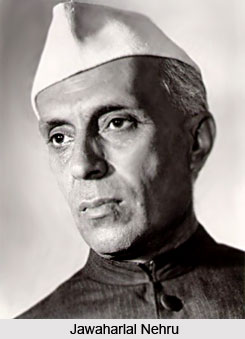 History of Planning Commission of India can actually be traced to pre-independent times. The inspiration for planning in India came from Jawaharlal Nehru who was greatly influenced by the Soviet model of development and had become a socialist after his visit to the Soviet Union. It was at its Karachi session in 1931 that the Indian National Congress for the first time attempted to define the economic and social content of the Swaraj it was striving for. It consequently adopted a resolution which was passed at the instance of Nehru, who along with a band of progressive young men, belonged to what may be termed as the leftist or socialist wing of the Indian National Congress.
History of Planning Commission of India can actually be traced to pre-independent times. The inspiration for planning in India came from Jawaharlal Nehru who was greatly influenced by the Soviet model of development and had become a socialist after his visit to the Soviet Union. It was at its Karachi session in 1931 that the Indian National Congress for the first time attempted to define the economic and social content of the Swaraj it was striving for. It consequently adopted a resolution which was passed at the instance of Nehru, who along with a band of progressive young men, belonged to what may be termed as the leftist or socialist wing of the Indian National Congress.
This Committee appointed two sub-committees in 1940 to report on the national planning and administrative machinery for such a plan. However, due to the outbreak of the Second World War in September 1939 and the Congress involvement in the struggle for freedom, the reports of the sub-committees could become available only in 1948. It was again under the inspiration of Nehru that the interim government, of which he was the de facto head, appointed a Planning Advisory Board in October 1946. One of the terms of reference of that board was to suggest administrative arrangements necessary for carrying out the plan. It was in pursuance of the recommendation of the Board that the Planning Commission was set up in March 1950 with the Prime Minister himself as its Chairman.
The entire plan aimed at mobilising the material and human resources of the nation to bring about an accelerated growth, both of the infrastructural inputs as well as of consumer goods so as to improve the living conditions of the entire people of India. The basic concept was to bring about a balanced growth that would not only remove regional imbalances, but also the imbalance between the rural and urban section.
To achieve this lofty goal the Planning Commission embarked upon the laborious task of the formulation and execution of Five Year Plans. In all the years of planning, difficulties have come in the way of executing these plans and recourse had to be taken to formulating only one-year plans and to introduce the concept of a Rolling plan.




















